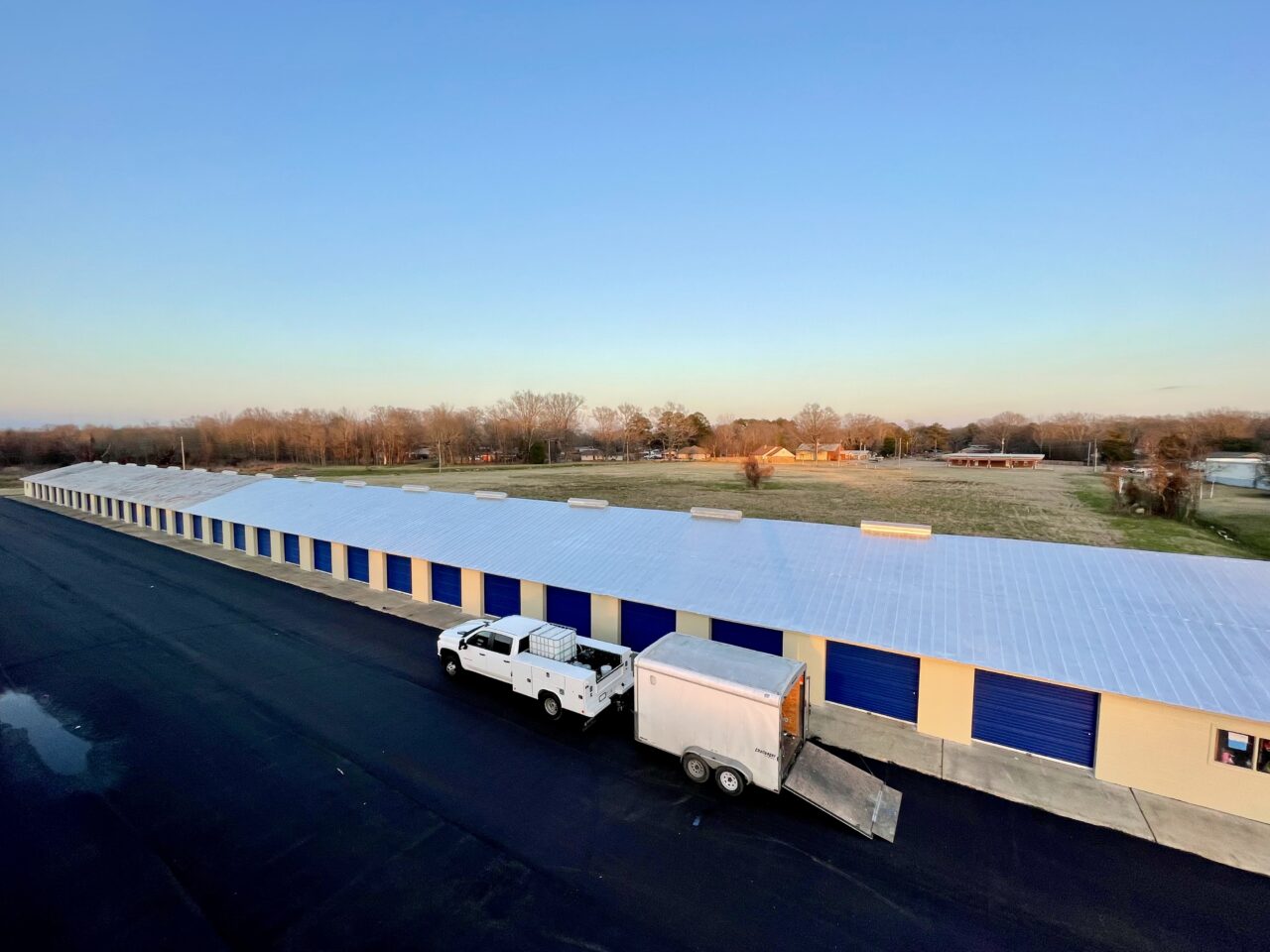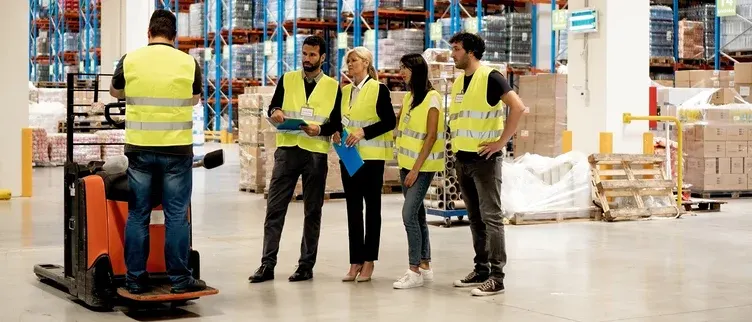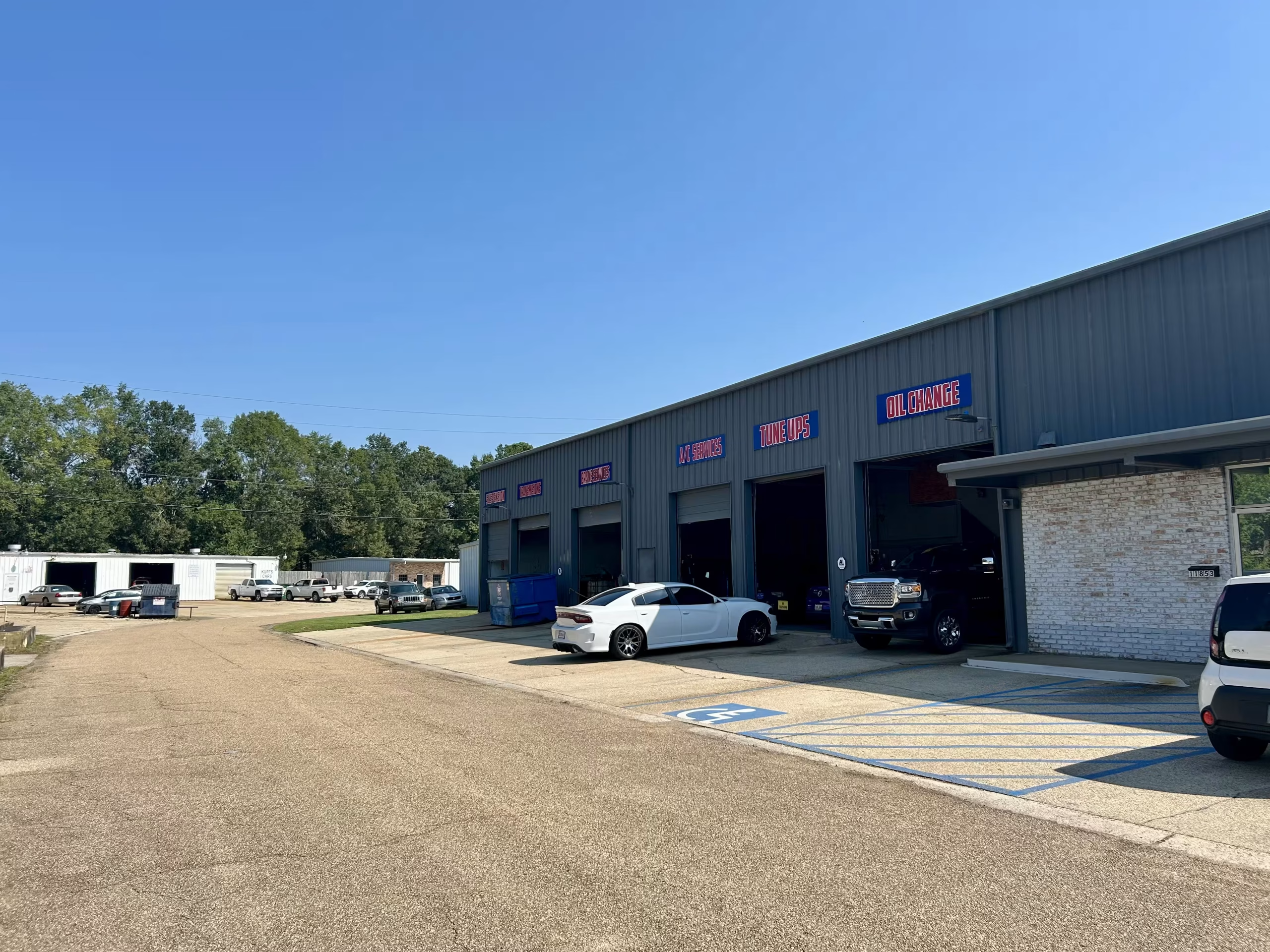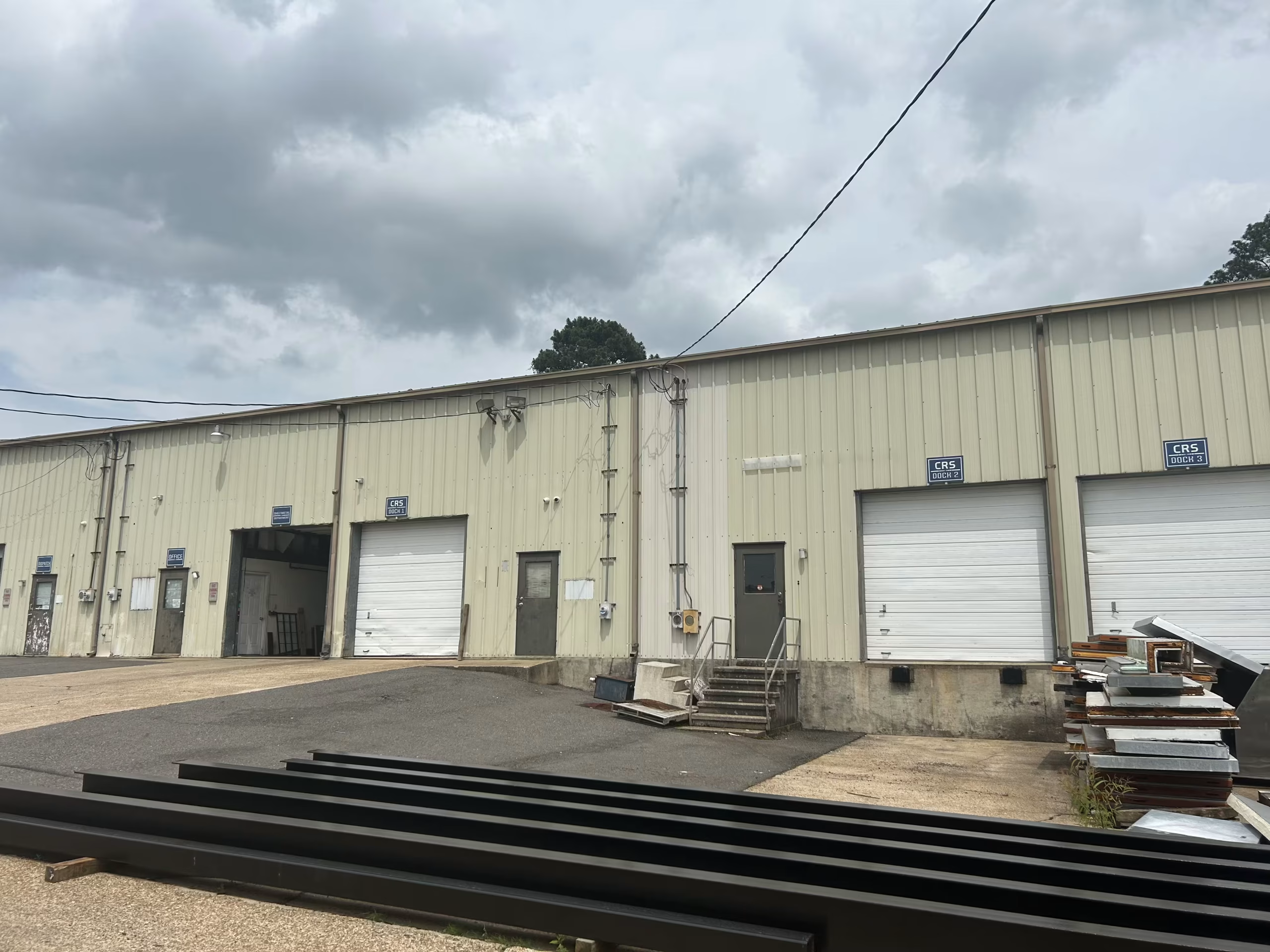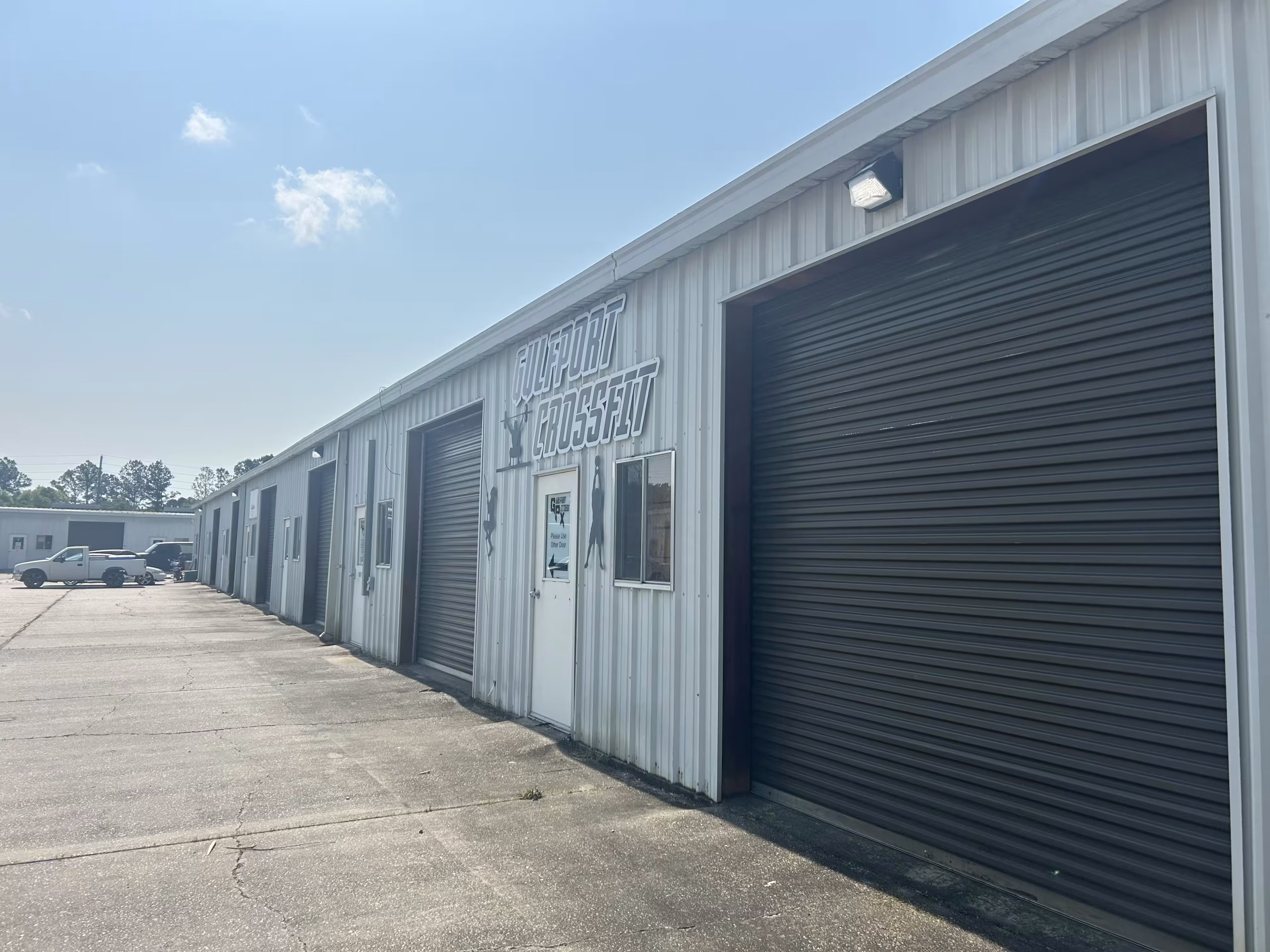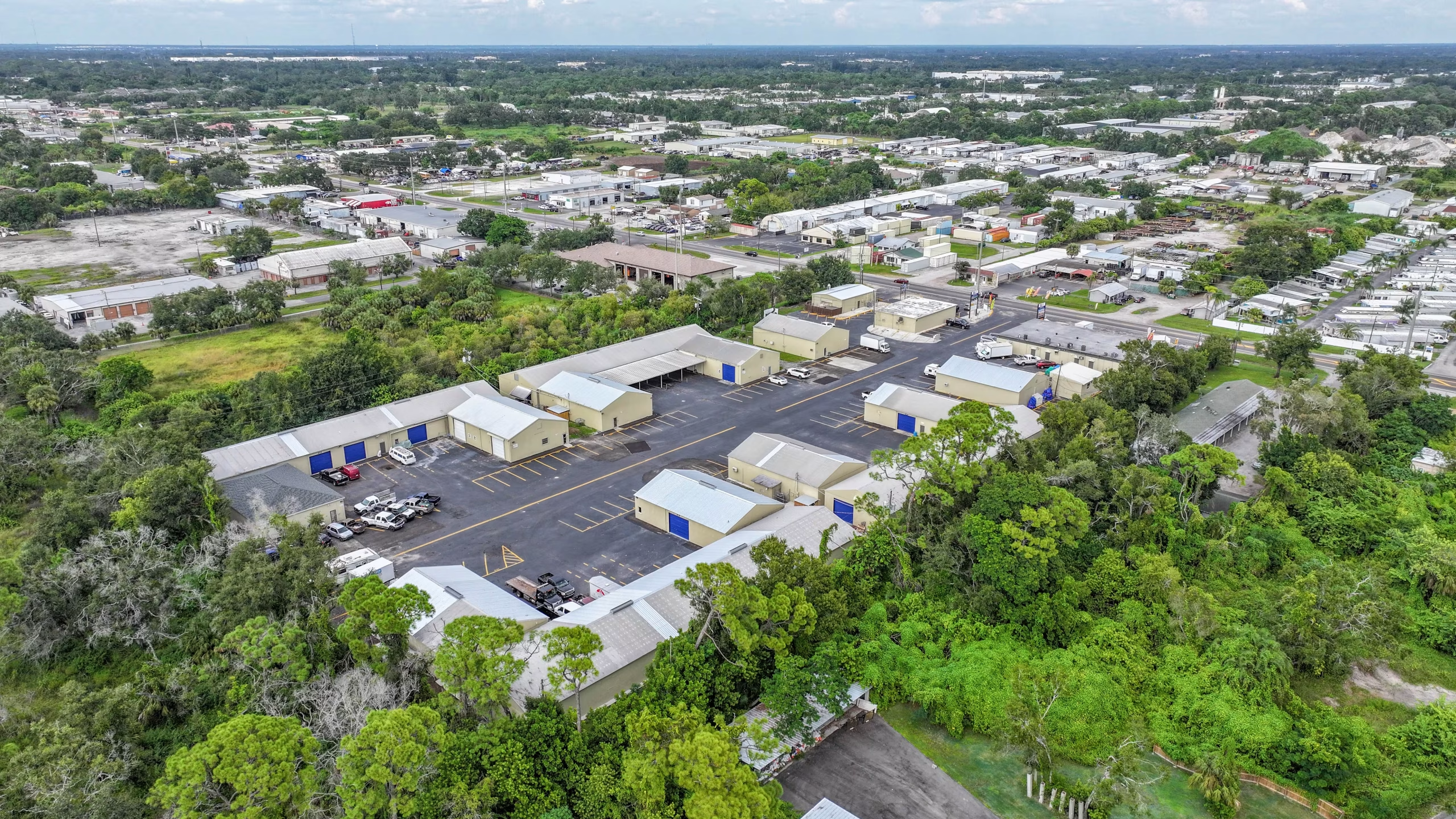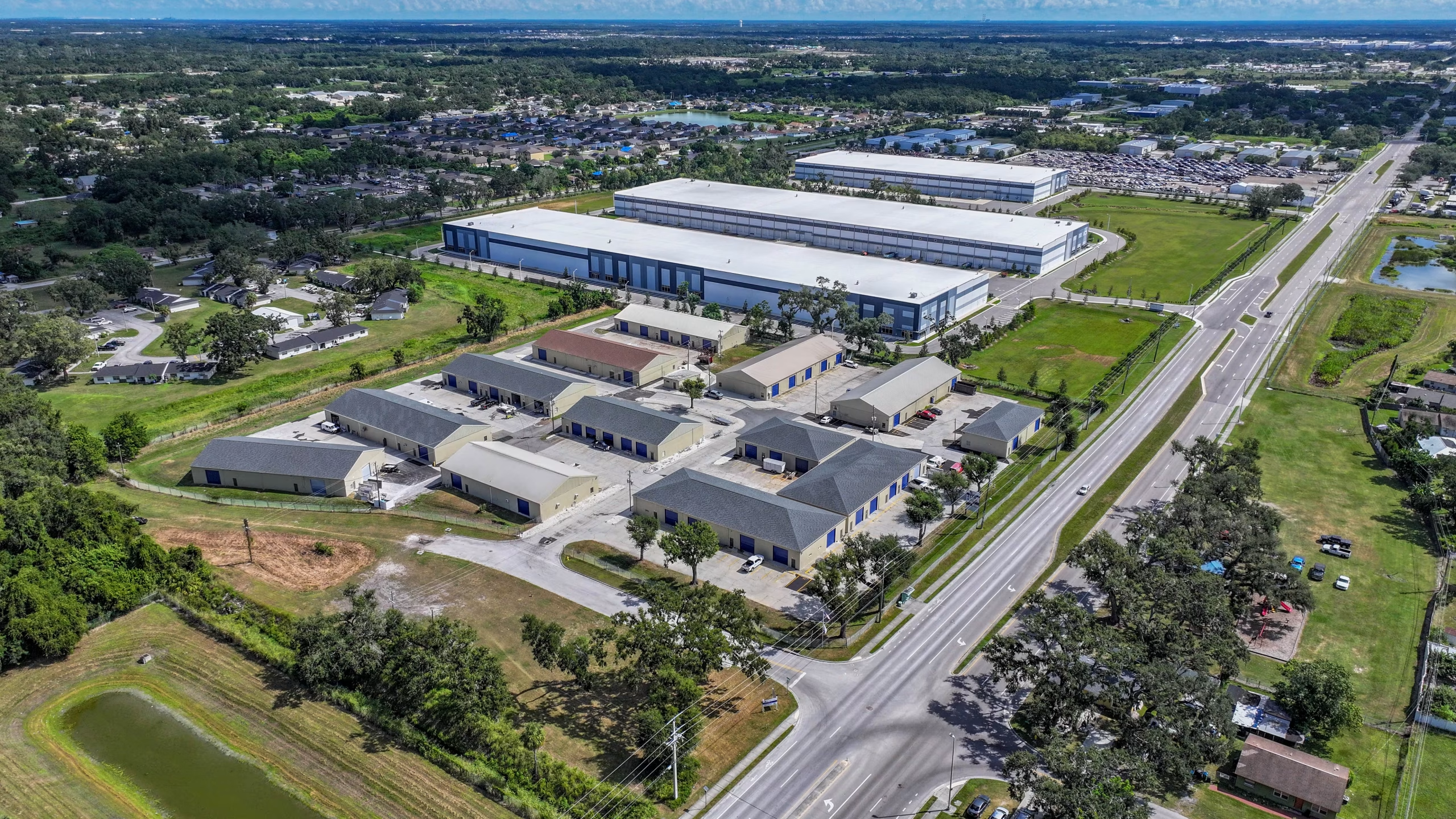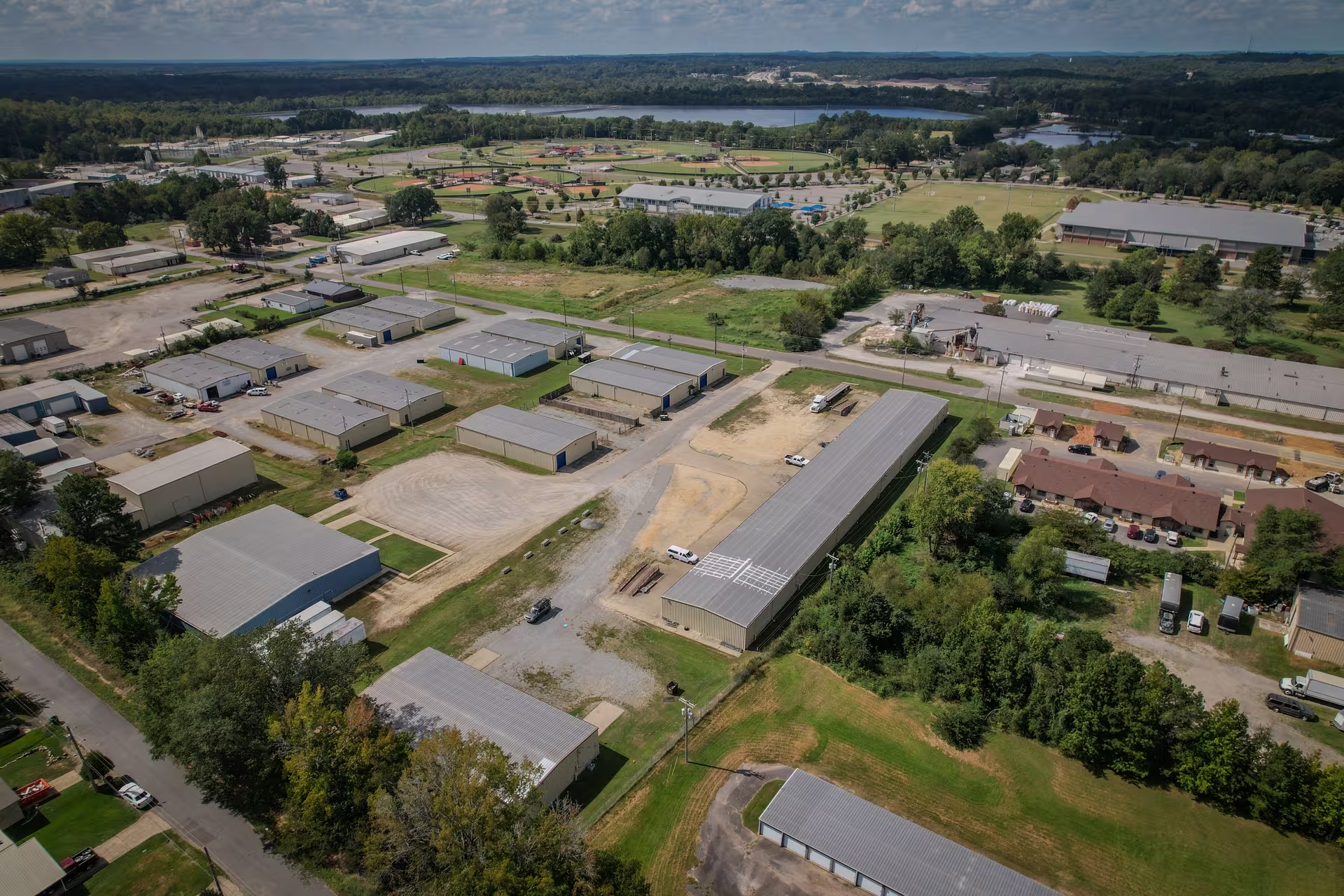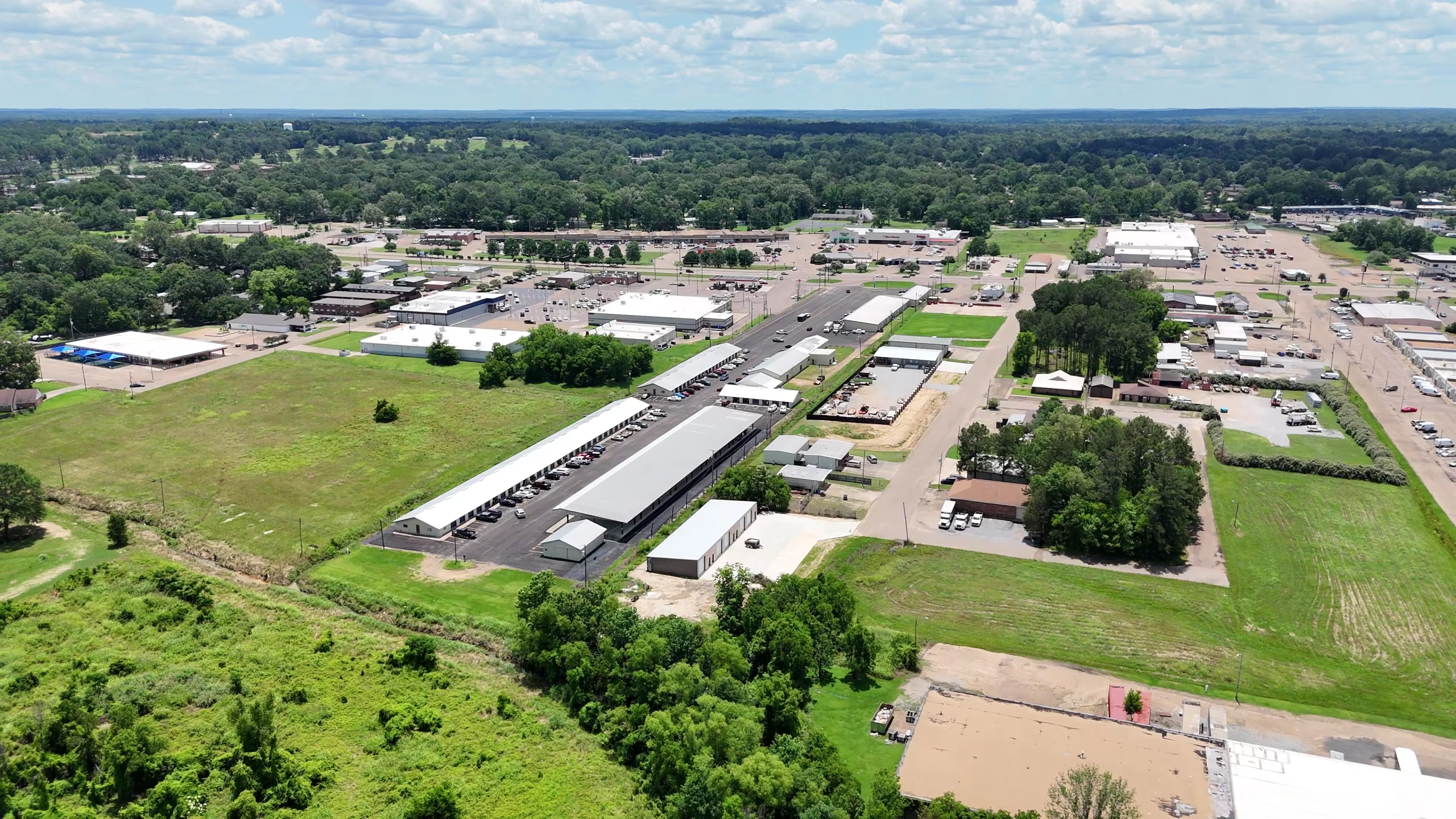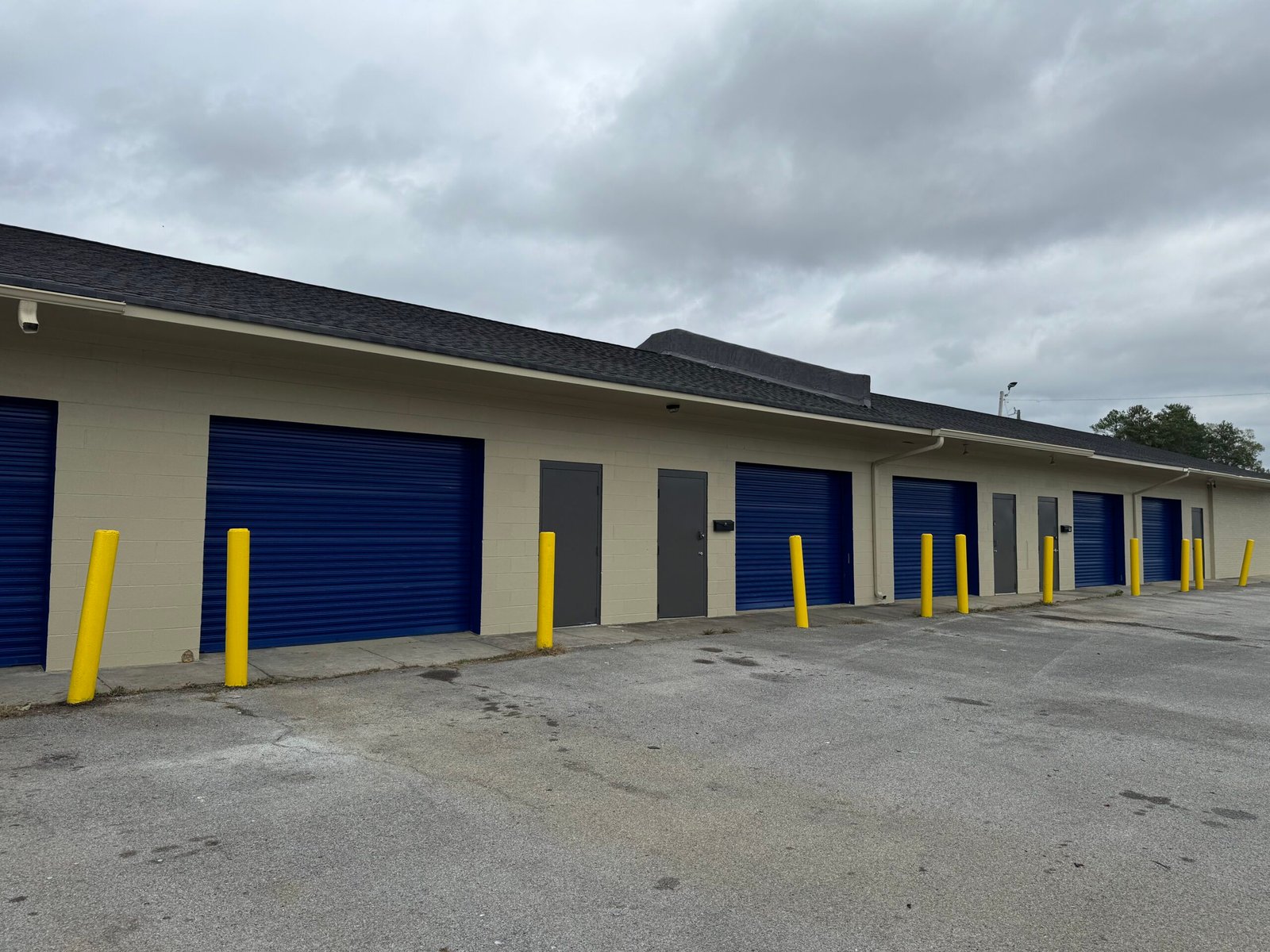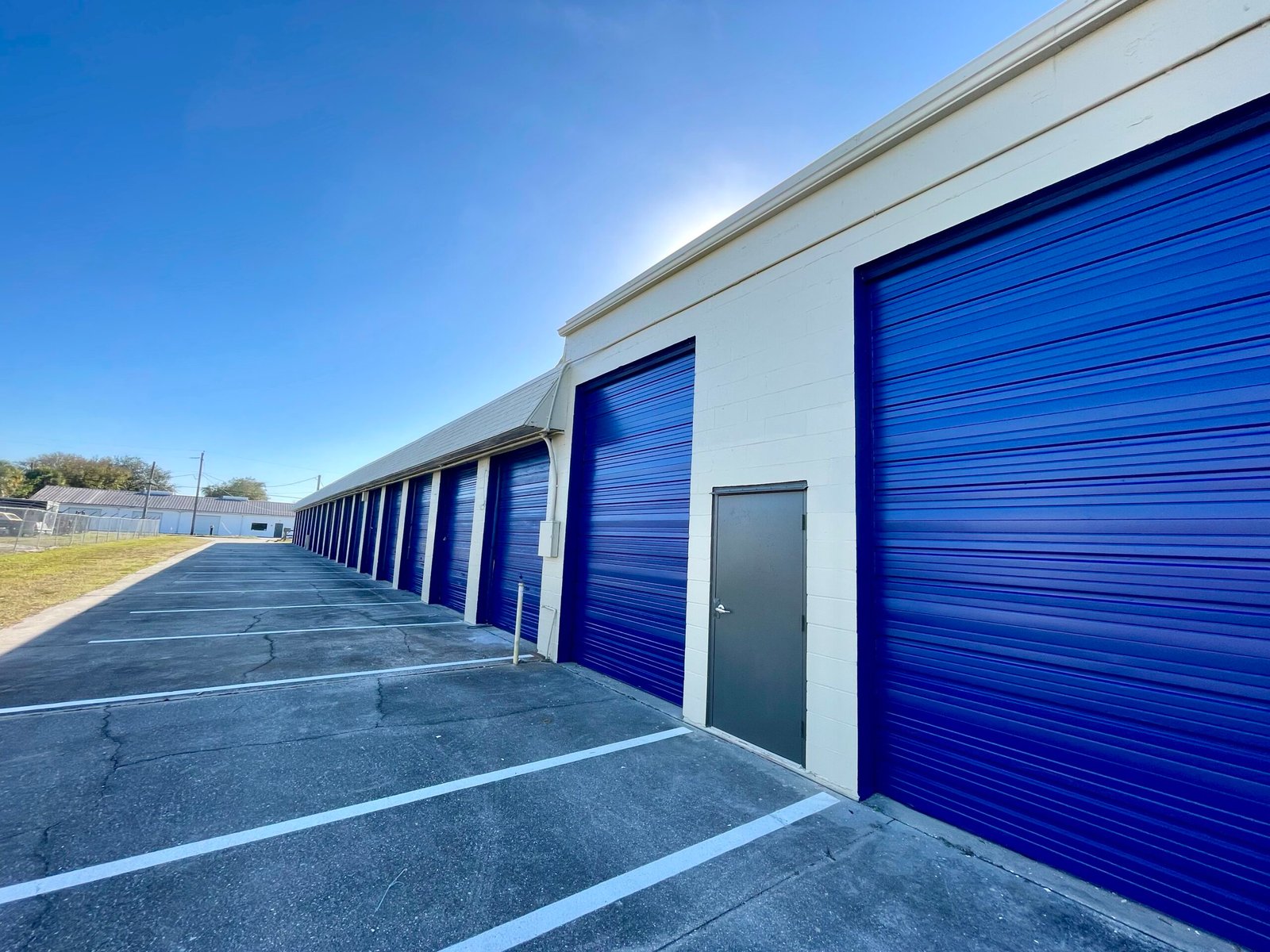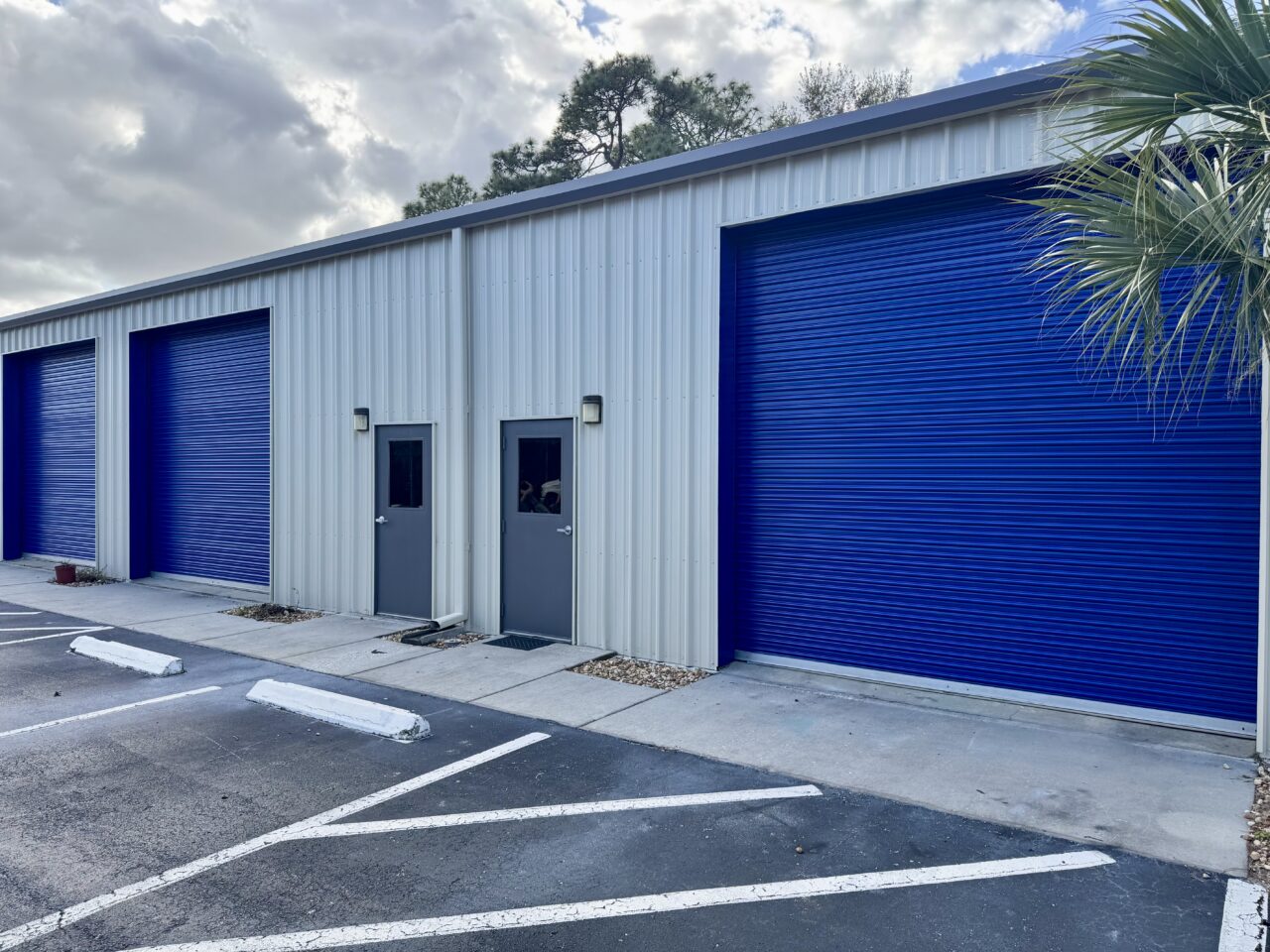Warehouse spaces are hubs of activity, often bustling with workers, equipment, and goods in transit. For tenants—whether they are storing inventory, running operations, or managing logistics—ensuring the safety of their teams, visitors, and the property itself is paramount. Warehouse safety training plays a crucial role in mitigating risks, reducing accidents, and fostering a productive work environment.
Here’s why warehouse safety training is essential for tenants:
1. Minimizing Workplace Accidents
Warehouses are inherently risky environments due to heavy machinery, high shelves, and constant movement of goods. Common hazards include:
- Forklift accidents
- Slips, trips, and falls
- Falling objects
- Chemical exposure
Safety training educates workers on identifying, preventing, and responding to these risks. By training employees on proper safety procedures—like correct lifting techniques, the safe operation of equipment, and awareness of hazardous materials—tenants can significantly reduce the chances of workplace accidents, which ultimately helps avoid costly injuries, lost productivity, and legal liabilities.
2. Ensuring Compliance with Regulations
Warehouses are subject to various local, state, and federal safety regulations, including guidelines from the Occupational Safety and Health Administration (OSHA). These regulations cover everything from proper handling of materials to fire safety, ergonomics, and equipment maintenance.
Tenants must ensure they are in full compliance with these laws to avoid hefty fines, penalties, and potential shutdowns. Safety training ensures that employees understand these regulations and can operate within the legal framework, helping tenants maintain a safe and compliant environment.
3. Improving Operational Efficiency
A safe workplace is also an efficient one. When workers are trained to identify potential hazards and follow safety procedures, they are less likely to experience accidents that could disrupt operations. Additionally, workers who are well-versed in safety protocols can react quickly in an emergency, preventing delays or further complications.
Safety training also includes teaching proper organization and storage techniques, ensuring that products and equipment are stored correctly and are easily accessible. This can enhance overall workflow and productivity, making operations run more smoothly and reducing the time spent dealing with preventable incidents.
4. Protecting the Warehouse Infrastructure
Warehouses often house valuable inventory, equipment, and machinery. Accidents, such as forklift collisions or improper handling of goods, can lead to significant damage to both the infrastructure and the products being stored. Such damages can be costly to repair and may disrupt business operations.
Safety training helps reduce the likelihood of accidents that could damage property, equipment, and inventory. When employees are trained on proper handling techniques and equipment use, they are less likely to make mistakes that lead to costly damages, protecting both the tenant’s investment and the warehouse owner’s property.
5. Promoting a Positive Safety Culture
A well-executed safety training program creates a culture of safety within the workplace. When tenants prioritize safety training, they demonstrate a commitment to their employees’ well-being, fostering a positive work environment. Employees are more likely to feel valued and supported in such environments, leading to higher morale, lower turnover, and a stronger sense of community.
Additionally, a safety-conscious culture encourages employees to take personal responsibility for their safety and the safety of others. Workers are more likely to report unsafe conditions, follow protocols, and offer suggestions for improvements when they feel invested in the safety of their workspace.
6. Decreasing Insurance Premiums
Insurance companies often offer lower premiums to businesses that can demonstrate a commitment to safety. By implementing regular safety training, tenants reduce the likelihood of workplace accidents and the associated costs—such as worker’s compensation claims and property damage.
Regular safety training not only helps mitigate risk but can also lead to discounts on insurance premiums. Over time, this can translate into significant savings for tenants, making it a wise investment in both the short and long term.
7. Reducing Legal Liabilities
When accidents happen in a warehouse, they can sometimes lead to lawsuits, especially if negligence is involved. Proper safety training helps tenants reduce the risk of legal action by ensuring that employees are well-equipped to handle hazardous situations and are aware of their responsibilities in maintaining a safe working environment.
In the event of an incident, having a robust safety training program in place can demonstrate that the tenant took reasonable precautions to protect employees and visitors, which may help protect the business from legal liabilities.
8. Fostering a Better Tenant-Landlord Relationship
Warehouse owners and property managers are responsible for maintaining safe, compliant environments. When tenants prioritize safety training, they show that they are taking responsibility for the space they are renting and are committed to adhering to safety standards. This proactive approach can strengthen the relationship between tenants and landlords, as it demonstrates mutual respect for property and personnel safety.
Furthermore, tenants who are compliant with safety regulations are less likely to cause issues for the property owner, helping to avoid disputes and maintain a positive working relationship.
